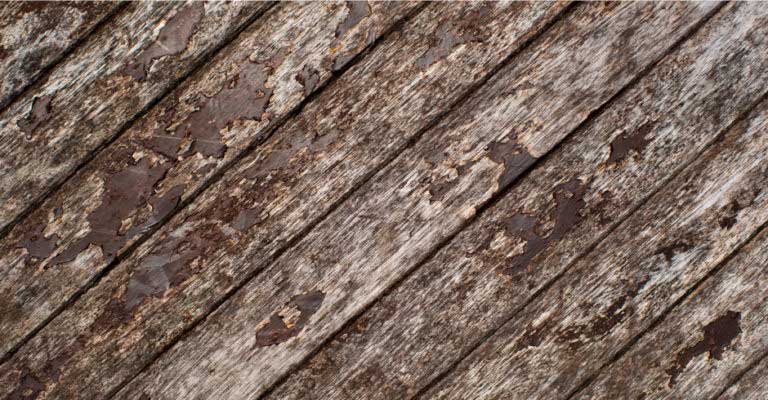If you’re experiencing damp in your home, it’s a lot more common than you think. Even in buildings that are known to be dry, you might be surprised to know that these walls can hold a serious amount of water in the materials they’re made from. A lot of the time this doesn’t cause any hassle, however, if damp does take hold, it can cause a lot of problems. Both from an aesthetic point of view and also becoming hazardous to your health.
Damp can be easily spotted in your home. There are certainly several signs to look out for. First of all, you may have noticed a musty smell. You might have found wet patches on your walls, ceilings and floors. Or possibly the paint has blistered. Or your walls are bulging. You might see a white substance on your brickwork. And certainly, if you’ve spotted black mould on any surfaces or fabrics like your curtains, this will give you a definite indication that you’ve got damp that needs treating.

So if this is the case in your home, it’s time to tackle the damp and find out exactly where it’s coming from. Here are some possible causes that could be contributing to your problem:
Condensation
You may find that this happens more regularly in autumn, winter and spring. It’s actually caused by poor ventilation and/or a lack of heating. So kitchens, utility rooms or humid bathrooms can be prime examples if there’s nowhere for the humidity to escape from.
Condensation occurs when the moisture produced by cooking, cleaning, breathing and washing can’t be dispersed from the property due to a lack of adequate ventilation. Moisture is retained in the atmosphere until the air temperature cools. And it’s at this point the airborne moisture condenses onto the wall surfaces, which can result in unsightly mould growth in your home.
Traditionally, properties used to be less ‘airtight’ and were difficult to heat. However, draughts would dilute the high humidity so condensation was less likely to happen. Unfortunately, our modern lifestyles have contributed to the problem in lots of ways. Smaller rooms and reduced air leakage of modern homes, plus the fact that many properties remain empty during the daytime and energy saving measures such as reduced ventilation and double-glazing, all combine to provide the perfect environment for condensation to rear its head.
And as warm, moist air from kitchens and bathrooms travels to colder rooms, such as bedrooms, it then forms condensation on cold unventilated surfaces, such as external walls, within wardrobes and behind furniture etc.
Construction moisture
Have you had building work completed in your home recently? Concrete, plaster and mortar can hold a lot of water and take a long time to dry out. And if your builder hasn’t put proper protection in place for when it rains, you may find that water can get in and cause damp.
Leaking pipes and roofs
When it comes to your roof or your pipes, even the smallest leak can create a major problem. And it’s not always at the site of the leak. You might find that it can cause damp problems further away. And don’t forget your gutters too. They can easily become blocked, with pools of water unable to escape. Any entry of water will, at some point, create a problem with moisture which will then cause water damage to your home. Which is why it’s very important to keep your property in a dry and waterproof condition and adequately maintained.
Rain penetration
If you’ve got problems with your brickwork or rendering, it can become a prime target for major damp issues. Any broken or missing pointing, cracked or missing rendering, frostbites to the brickwork etc. will cause a collection of rain water and ultimately you’ll soon be looking at a damp problem.
Rising damp
More than just the name of a TV programme, rising damp can cause real problems in your home. This is where water seeps in from the wet ground. You can easily spot it by the horizontal tidemark that can appear on your wall. This will happen in old properties built without the original damp proof course or in any property where the original damp proof course is failing. However, the old horizontal slate damp proof courses can also break during the property movements – all likely to be caused by passing time, increased traffic and subsidence.
There are other causes of damp that can easily happen in your home from spillages and instances where water simply can’t get away. Don’t let it become an issue in your home. Get in touch with the team here at Schrijver and we can help your home become a damp-free zone. All using our fuss-free and eco-friendly damp control system.








